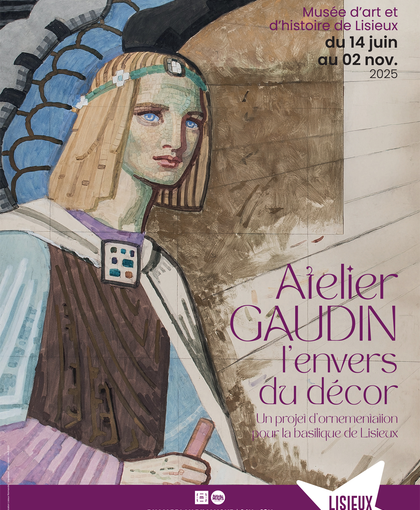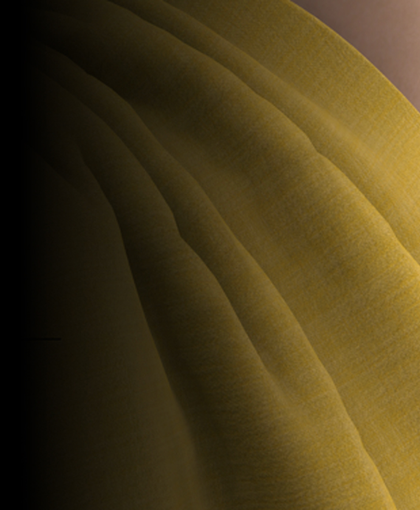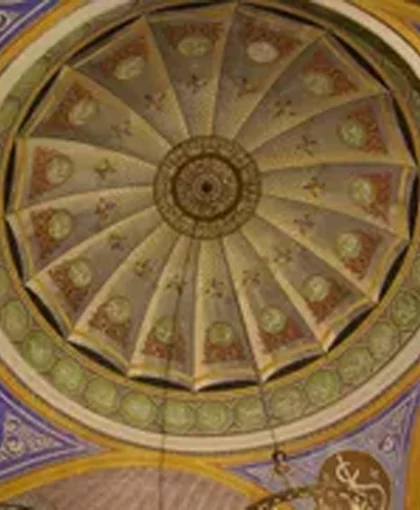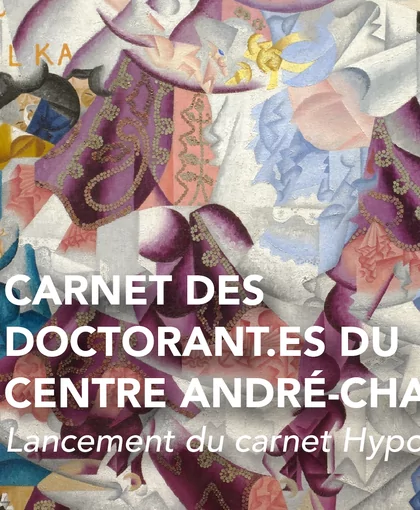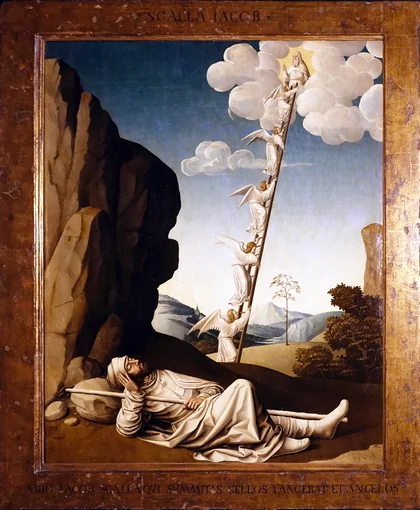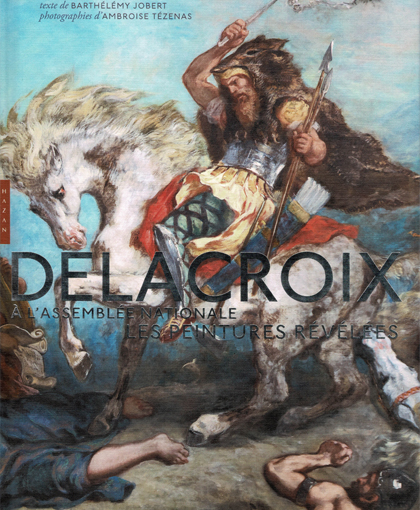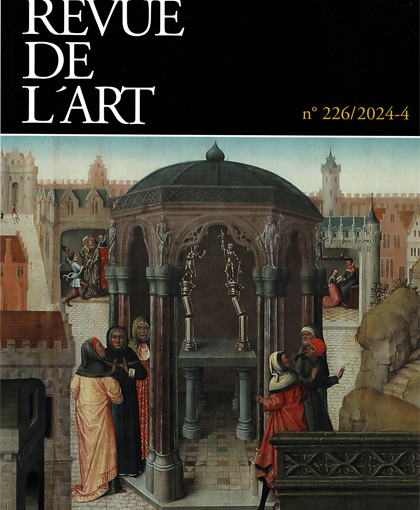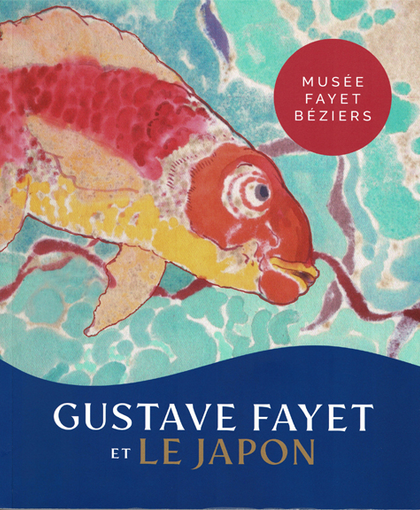5. Materials, techniques, crafts: theoretical and practical approaches to artistic making
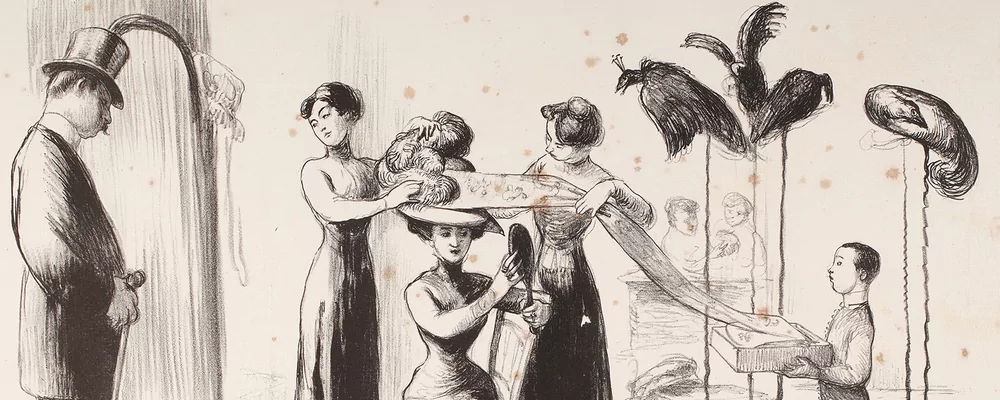
La modiste, Jean Veber, 1907-1909, estampe, Paris, Bibliothèque nationale de France (source : Gallica).
Knowledge of the production modes of art works in their most diverse aspects is the core of the research addressed within this theme, whatever fields, objects (concrete, glass, furniture, clothing, paper) and chronology, from the Middle Ages to present days.
This work leads researchers to invest in the material study of art works (knowledge and choice of materials), but also in the creative process (gestures, tools, practices, etc.) and in professional contexts (institutional and legal frameworks, …), challenging the image of solitary creative genius in favor of a collective vision of the work of art.
Theme’s news
Books
Publications
Media
4 questions à Barthélémy Jobert, responsable du projet Delacroix Numérique
Interview

Sorbonne Université
25.02.2025
Text


